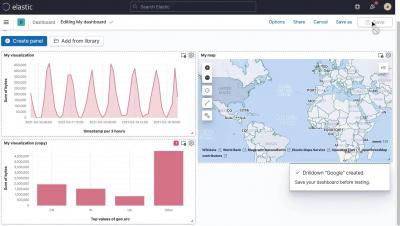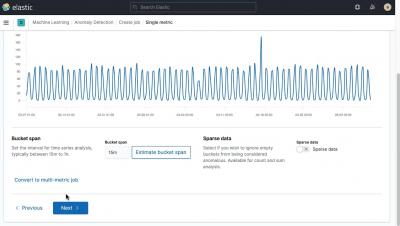How to deploy and manage Elastic on Microsoft Azure
We recently announced that users can find, deploy, and manage Elasticsearch from within the Azure portal. This new integration provides a simplified onboarding experience, all with the Azure portal and tooling you already know, so you can easily deploy Elastic without having to sign up for an external service or configure billing information.









